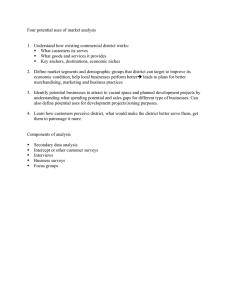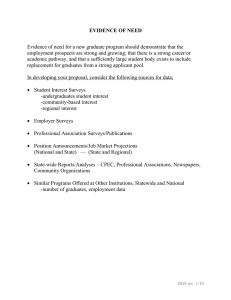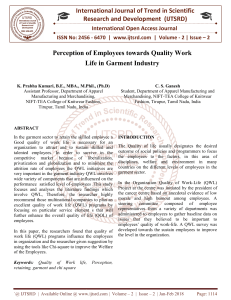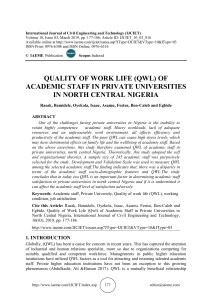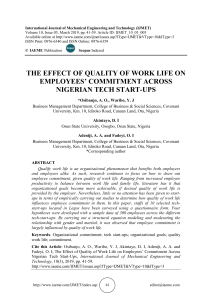Chapter 1 General Introduction to Organization Development Multiple Choice Questions
advertisement
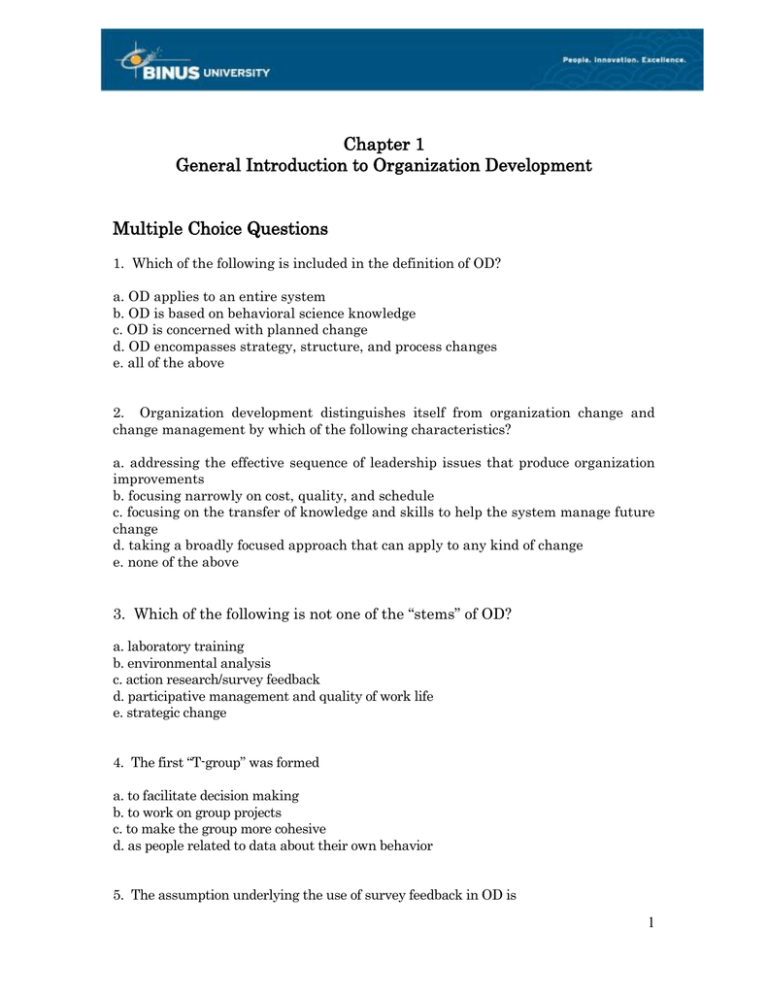
Chapter 1 General Introduction to Organization Development Multiple Choice Questions 1. Which of the following is included in the definition of OD? a. OD applies to an entire system b. OD is based on behavioral science knowledge c. OD is concerned with planned change d. OD encompasses strategy, structure, and process changes e. all of the above 2. Organization development distinguishes itself from organization change and change management by which of the following characteristics? a. addressing the effective sequence of leadership issues that produce organization improvements b. focusing narrowly on cost, quality, and schedule c. focusing on the transfer of knowledge and skills to help the system manage future change d. taking a broadly focused approach that can apply to any kind of change e. none of the above 3. Which of the following is not one of the “stems” of OD? a. laboratory training b. environmental analysis c. action research/survey feedback d. participative management and quality of work life e. strategic change 4. The first “T-group” was formed a. to facilitate decision making b. to work on group projects c. to make the group more cohesive d. as people related to data about their own behavior 5. The assumption underlying the use of survey feedback in OD is 1 a. surveys are the best way to collect data b. surveys allow one to collect a great deal of data c. surveys can provide feedback to the organization and be used to initiate change d. responses and surveys are easily interpreted 6. According to the Managerial Grid, an individual’s style can best be described as which of the following: a. the way he or she dresses b. his or her concern for production and people c. how he or she interacts with management d. the way he or she deals with problems e. none of the above 7. As the QWL movement evolved, it fostered a new phase of activities known as a. large group interventions b. reward system changes c. employee involvement d. team building 8. Strategic change interventions involve improving a. the alignment among an organization’s environment, strategy, and organization design b. the organization’s relationship to its environment c. the fit between the organization’s technical, political and cultural systems d. all of the above 9. Which of the following areas do OD practitioners need to be familiar with to carry out strategic change? a. competitive strategy b. finance c. marketing d. team building e. all of the above True/False Questions 10. OD helps members of an organization solve their own problems. 2 11. An effective organization has both high productivity and rapid growth. 12. All OD involves change management, but change management may not involve OD. 13. Conclusions about the first T-group experiment were (1) feedback from the group was a rich learning experience and (2) the process could be transferred to “back home situations.” 14. Productivity and QWL ideas were originated by Kurt Lewin. 15. One of the original strategic change interventions was Open Systems Planning developed by Richard Beckhard. 16. Three major trends are shaping change in organizations: globalization, information technology, and managerial innovation. 17. OD was developed for use primarily in business and industrial organizations. 18. The normative background in OD represents a human relations approach represented as the “one-best-way” to manage organizations. Essay Questions 19. Define organization development and why it is relevant to an organization in today’s marketplace. 20. Compare and contrast the five “stems” of OD – laboratory training, action research/survey feedback, normative background, quality of work life, and strategic change. 21. Outline the key events in the history/evolution of OD. How might the past influence future directions of the field? 22. What environmental factors will be important to OD in the future? Why? 3
